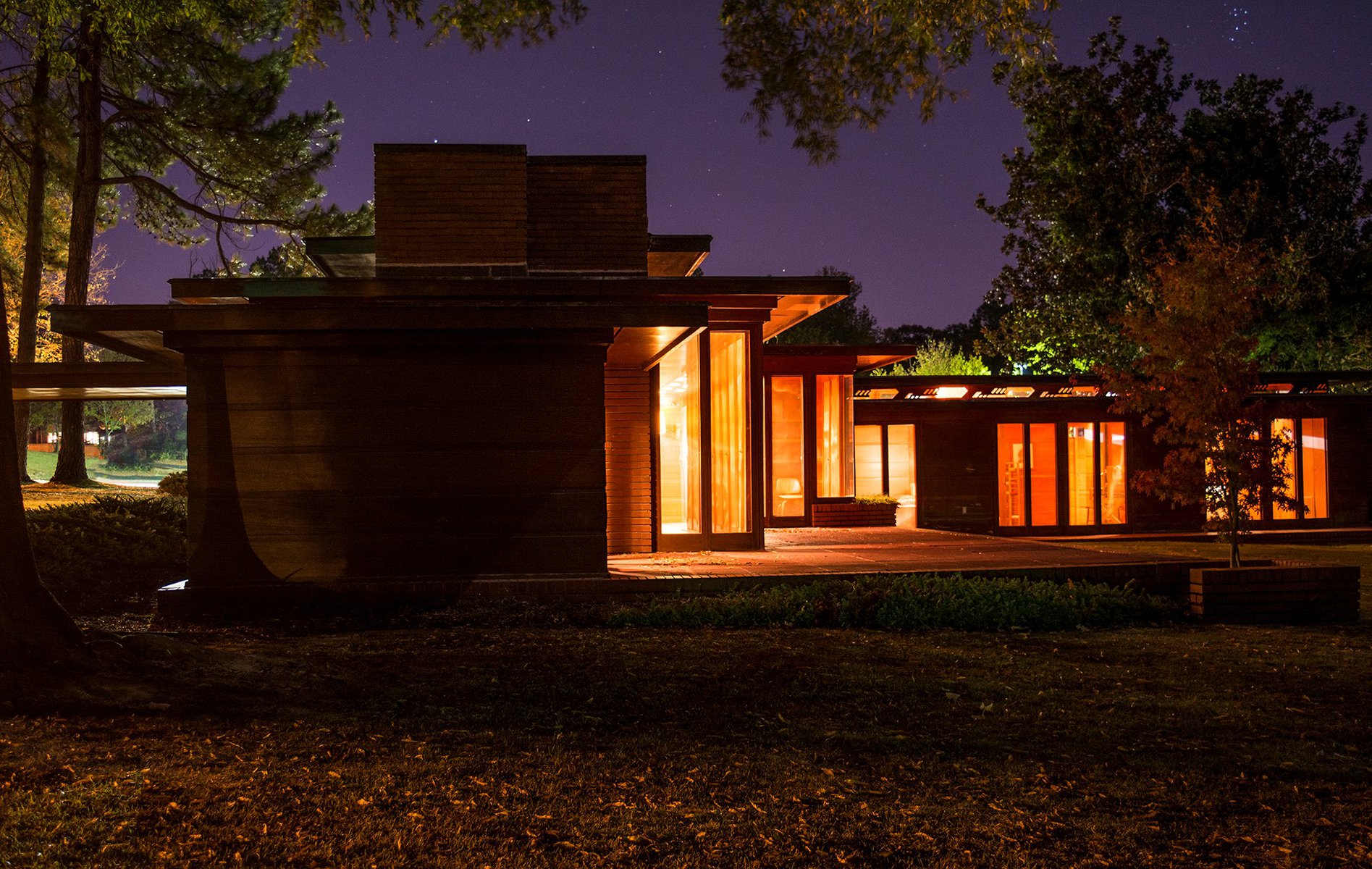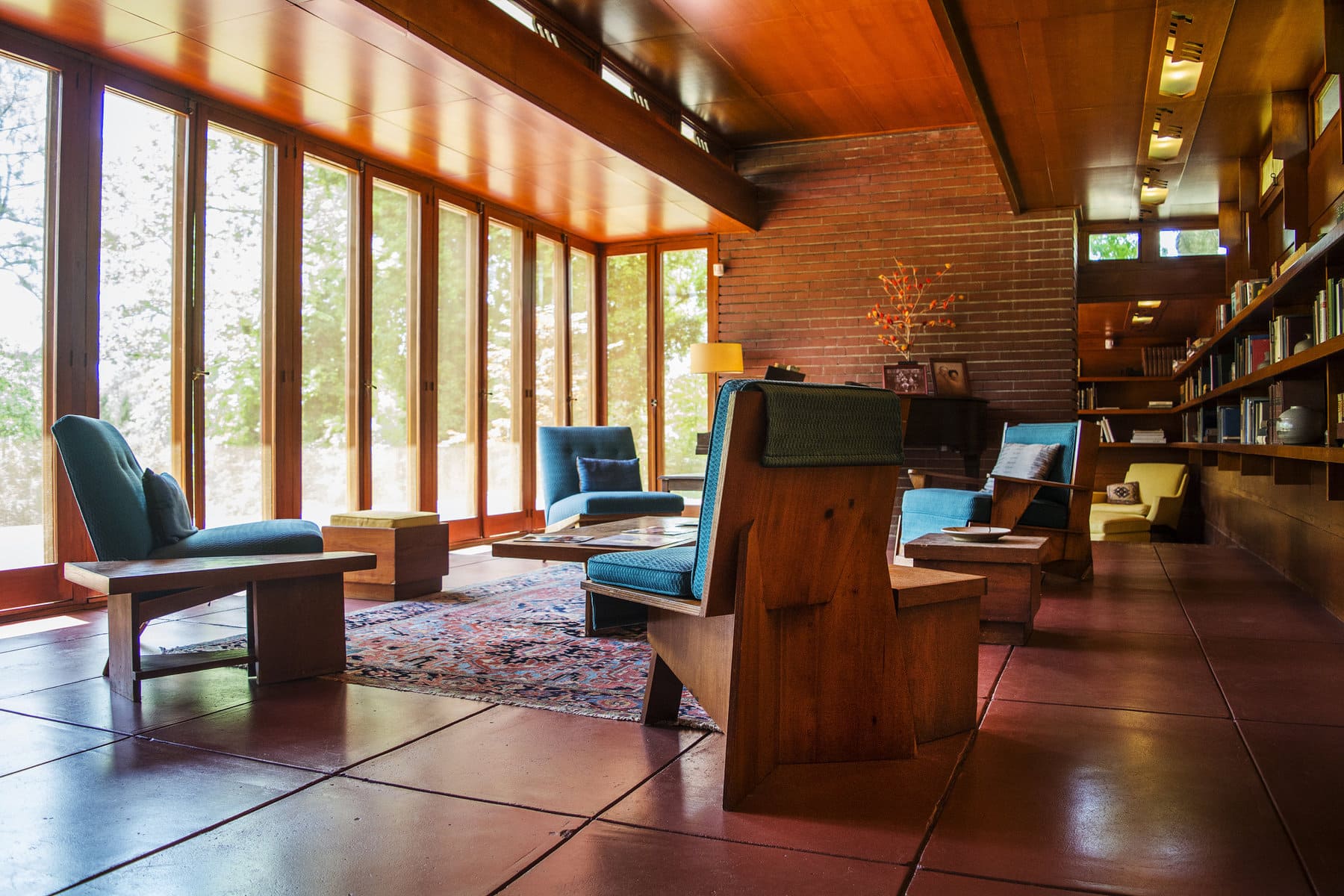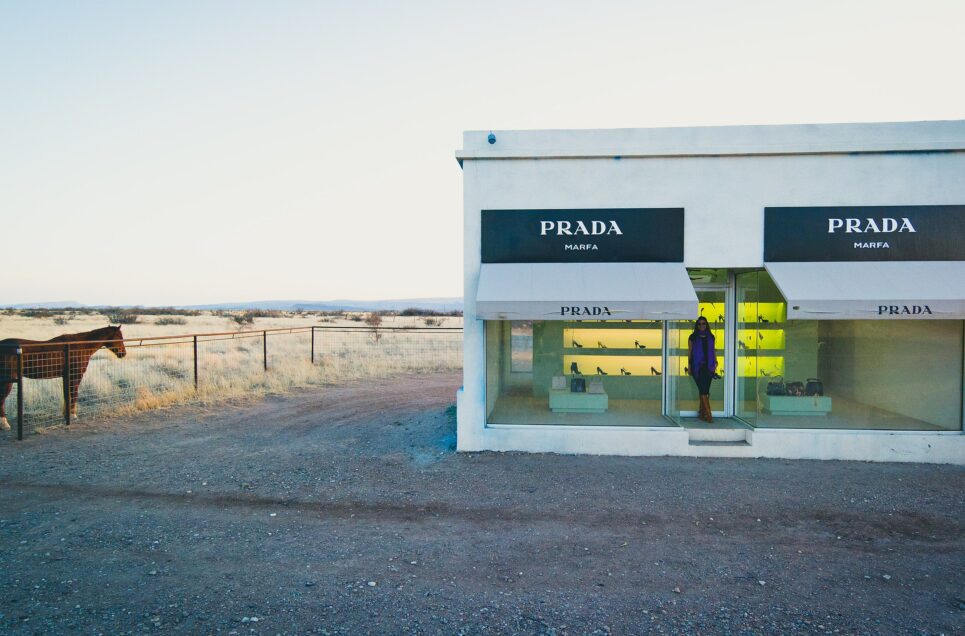Looking for a new place to explore? Here at Home Addict, we have found the most unusual building in all 50 of the United States of America. So no matter where you live, you can find a new and unusual building to visit on your next roadtrip.

50. Alabama: Rosenbaum House
The Rosenbaum House was designed for newlyweds Stanley and Mildred Rosenbaum, who commissioned Frank Lloyd Wright to design a home for their family. Stanley Rosenbaum’s parents gifted the couple a parcel of land on Florence’s Riverview Drive near the Tennessee River, which was just across the street from their own home.

The home, which is located at 601 Riverview Drive, has been included in the National Register of Historic Places. The home is designed in an L-shape, and it incorporates natural materials, including native cypress wood. Cantilevered roofs top the structure, and Wright-designed motifs feature distinctively in the home’s design. (via Southern Living)



































































































